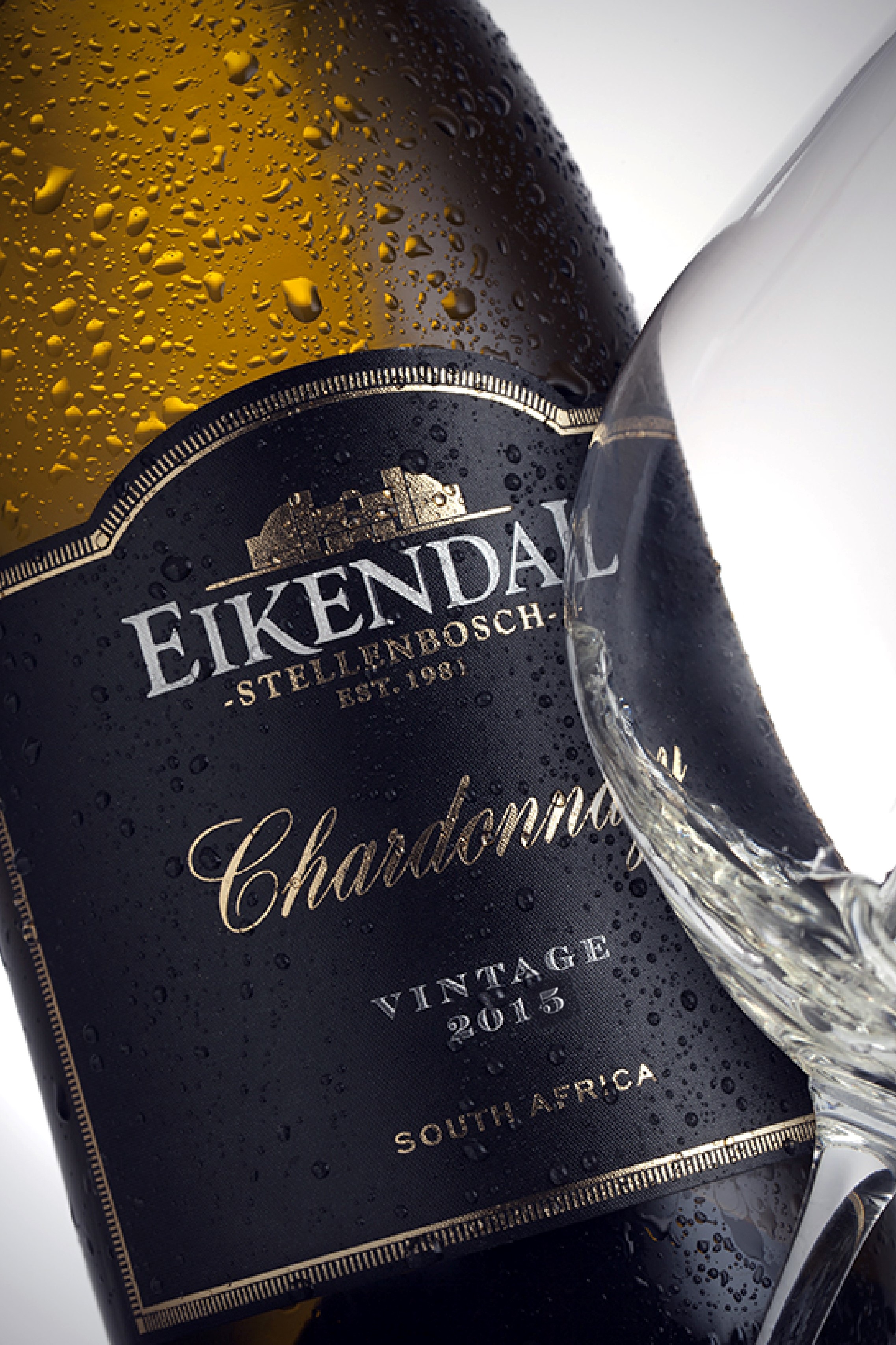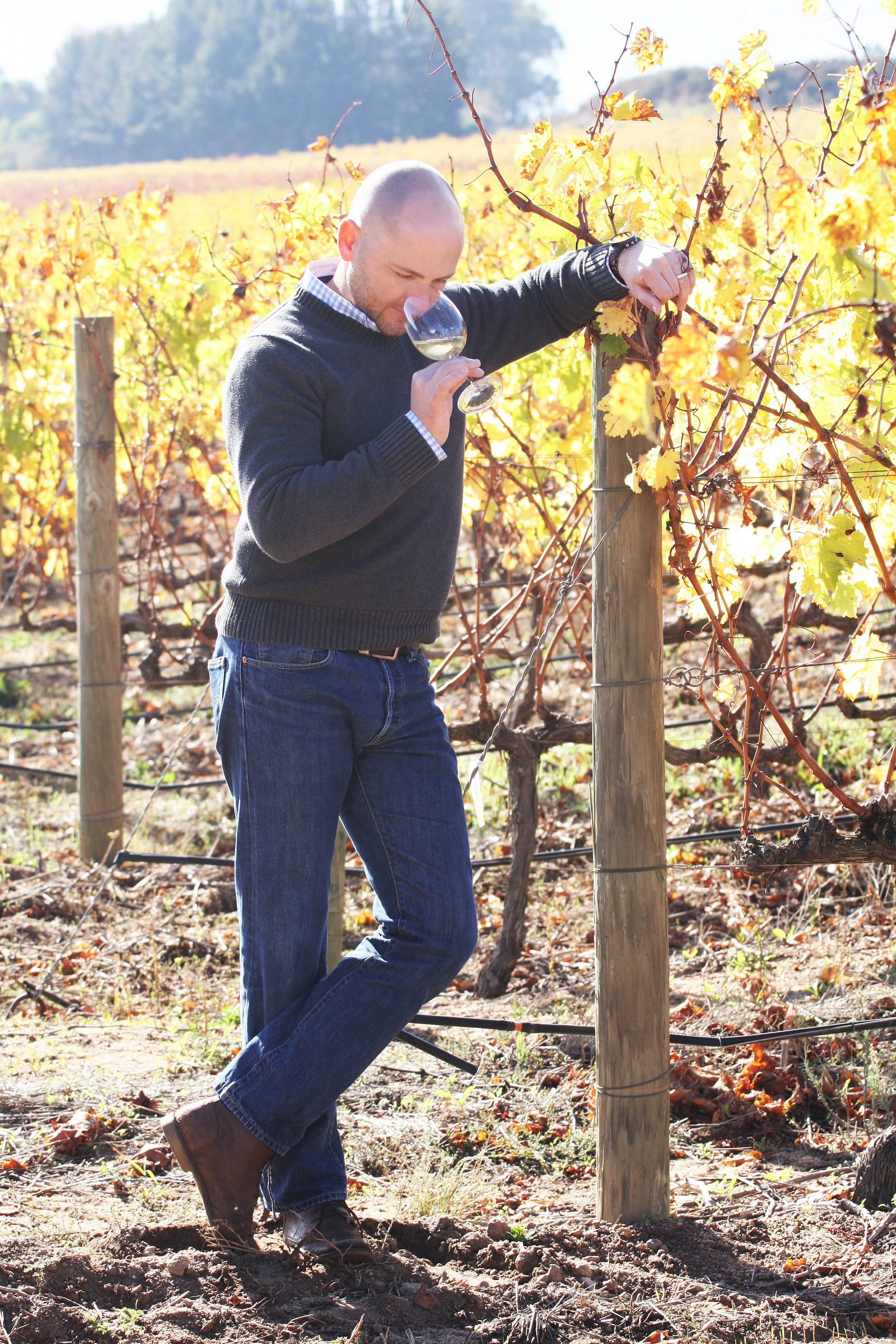
Chardonnay Masterclass
The world over, Chardonnay is becoming chic again – and South Africa is no exception.
Swiss-owned Stellenbosch winery Eikendal is often lumped with the label of ‘best kept secret’. It’s one of those wineries that makes seriously good wines, yet is never front of mind when talking about South Africa’s best. Time and time again, it’s been hailed by critics and touted for higher honours, but it just never seems to crack the limelight. It’s something of a mystery why Eikendal remains the perennial bridesmaid.
Current cellar chief Nico Grobler is nuts about the white grape from Burgundy – obsessively so. It was apparent when he presented a clonal component and vertical tasting at the launch of the 2015 Eikendal Chardonnay that was so exhaustive in detailing the wine’s concept, methodology and evolution, that it had local wine retailer Roland Peens stating that Grobler was potentially more geeky than Elgin clone-meister Richard Kershaw, aka Rikipedia!

Eikendal’s first wines were bottled in 1984 under Austrian winemaker Josef Krammer. As low key, modest and unassuming as they come, Krammer paid immense attention to detail. Eikendal’s first Chardonnay was from the 1991 vintage and a year later it was SA Champion wood-matured dry white.
Krammer’s long time assistant Anneke Burger took over from him in a seamless transition in the late 90’s before Dominic Burke notched up two vintages in charge, as did Lizelle Gerber. Sadly, the greatly expected jump in profile for Eikendal never materialised because she left in mid-2004.
Then it was the turn of Henry Kotzé who arrived in September 2004… before he was snapped up to take over the reins at Morgenster in Somerset West in October 2009. One of the smartest things Kotzé did was appoint freshly qualified Nico Grobler in June 2007.

“In the last eight years we have done a lot of replanting,” Grobler said, noting that the emphasis has returned to the vineyard. And these vineyards fire up his passion. They are cool climate within a warm climate thanks to the daily breezes from False Bay that keep the Helderberg slopes from getting too hot. And it’s here that his love of clonal selection became obvious. One of four clones used in this wine, the CY277 clone is usually planted in South Africa for use in sparkling wine or bubbly. “To me, this is the backbone or skeleton of Eikendal Chardonnay. I want it to be like a 10 000m runner: it’s got to have stamina, strength and then a dash of speed for the finish.”
Grobler went into immense detail about the soils each clone was matched to, the annual rainfall, its elevation above sea level, density of plantings and more. Natural or spontaneous fermentation and zero acidification is de riguer and Grobler was engaging to listen to about the level of malolactic fermentation on each component – 10% on this, more on that… And then there is the oaking regime! Grobler’s friendship with Burgundian producer and mentor Bruno Lorenzon has enabled him to get barrels from a special forest, Pierre de Bourgogne. These 500 litre barrels are ideal for Eikendal and the attention to detail regarding toasting and the individual staves making them is enough to have any wine geek squirming!
The vertical tasting of Eikendal’s Chardonnay from 2011 to 2015 was where the fruits of all the labour could be seen. 2013 was “one of the best vintages of my life,” while 2014 was the opposite – really tough and challenging with ripeness levels all over the place. “I learned valuable lessons from those back-to-back vintages,” Grobler conceded.
Where it all came together: the clones, the vintage conditions, the winemaking and the maturation. “I left it alone – and it did its thing.” Kind of like a 10 000m runner charging down the home straight to breast the tape. Will Chardonnay make Eikendal noticed again?
-Fiona McDonald
